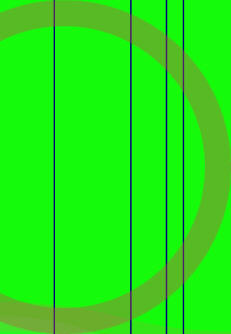|
There is a difference of opinion as to what nation belongs the honor of the invention of the art of handwriting. Sir Isaac Newton observes:
”There is the utmost uncertainty in the chronology of ancient kingdoms, arising from the vanity of each claiming the greatest antiquity, while those pretensions were favored by their having no exact account of time.”
Its antiquity has been exhaustively treated by many writers; the best known are Massey, 1763, The Origin and Progress of Letters;” Astle, 1803, “The Origin and Progress of Writing;” Silvestre, “Universal Palaeography,” Paris, 1839-41 ; and Humphreys, 1855, “The Origin and Progress of the Art of Writing.” They, with others, have sought to record the origin and gradual development of the art of writing from the Egyptian Hieroglyphics of 4000 B.C.; the Chinese Figurative, 3000 B. C. ; Indian Alphabetic, 2000 or more B.C. ; the Babylonian or Cuneiform, 2000 years B. C.; and the Phoenician in which they include the Hebrew or Samaritan Alphabet, 2000 or more B. C., down to the writings of the new or Western world of the Christian
|



















